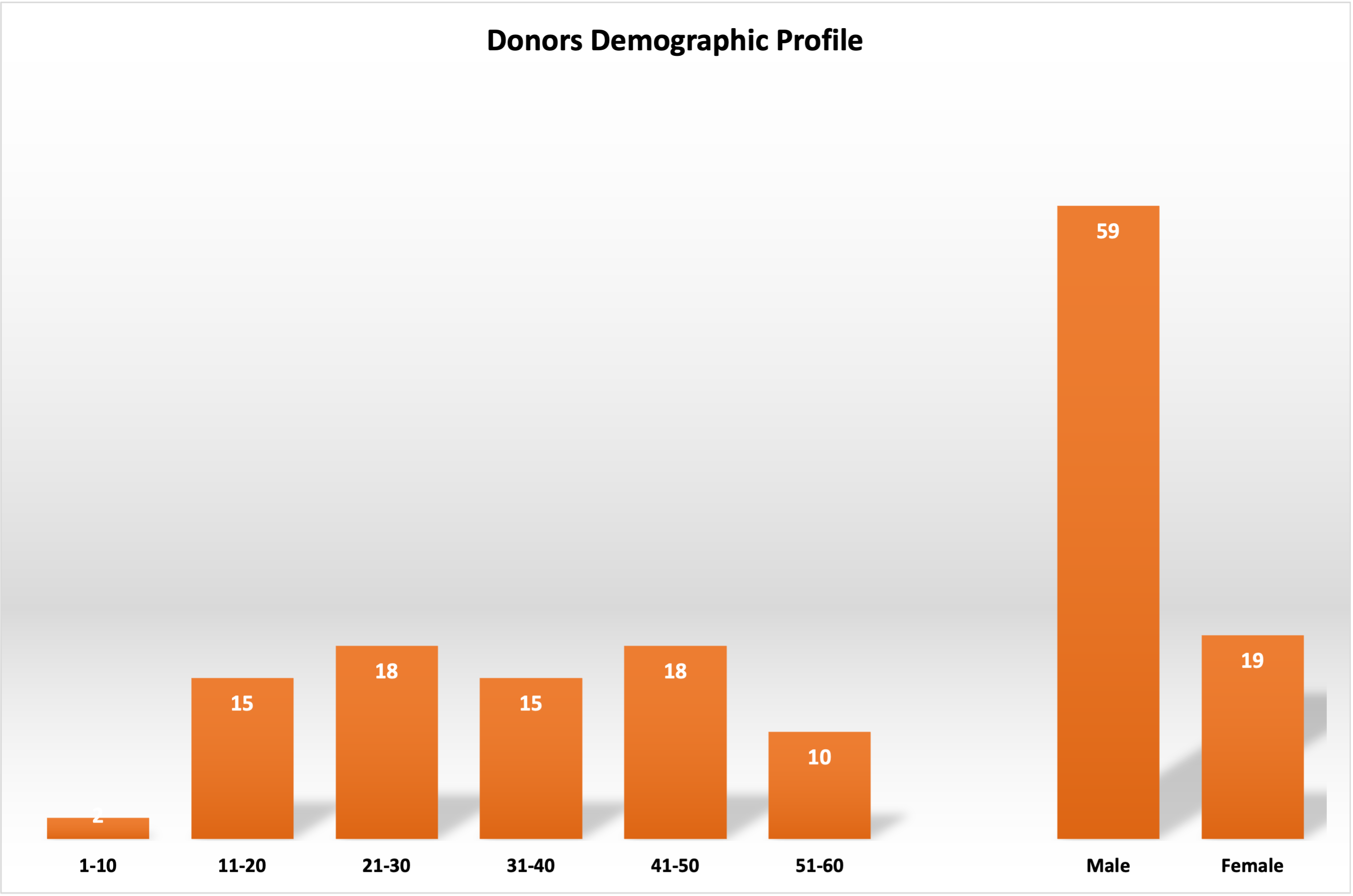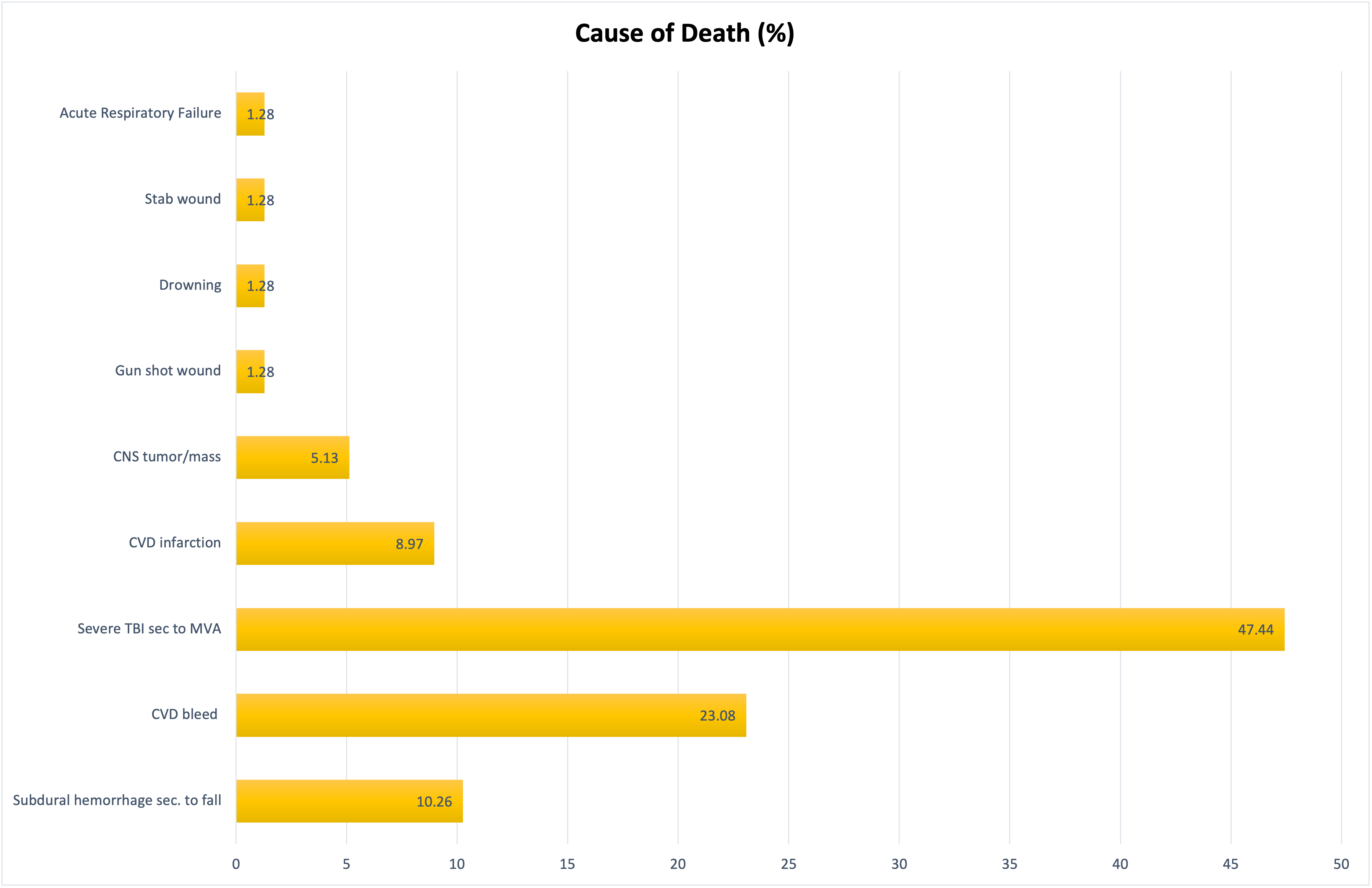Profile analysis of deceased donor kidney transplant: a retrospective demographic review in the Philippines
Mark Lenon Tulisana1.
1Philippine Network for Organ Sharing, Department of Health, Manila, Philippines
Introduction: Kidney transplantation stands as the optimal treatment of choice for end-stage renal disease. As the number of patients requiring transplants continues to rise, the ongoing shortage of organ donors remains a significant issue globally. Deceased organ donation is crucial in mitigating this shortage, providing hope to numerous individuals on the waitlist for kidney transplants. In the Philippines, it is important to understand the demographics of deceased donors to formulate effective policies and initiatives aimed at increasing donation rates. This study aims to analyze the demographic profiles of deceased kidney donors in the Philippines and assess the gender distribution among these donors. By illuminating trends and patterns, the research aspires to enhance the development of focused and responsive strategies to strengthen the national organ donation framework.
Methods: A retrospective analysis was conducted utilizing the data from the Philippine Network for Organ Sharing national transplant registry from January 1, 2017, to December 31, 2024. Relevant information, such as the donor's age, gender, and cause of death, was extracted and assessed using Microsoft Excel version 16.83. Descriptive statistics were applied to summarize the findings.
Results: A total of 154 kidney grafts were transplanted from 78 deceased donors over the eight years, averaging approximately 19 kidney transplants per year. The mean age of the donors was 33.79 years, ranging from 1 to 60 years. A substantial majority of the donors, 76% (n=59), were male.

Trauma was identified as the primary reason for donor mortality, accounting for 60% (n=47) of the cases. Among these, severe traumatic brain injuries caused by motor vehicle accidents were the most commonly reported cause, representing 47% (n=37) of all donor deaths.
 .
.
Conclusions: The findings of the study underscore the critical role of trauma-related incidents, particularly motor vehicle accidents leading to severe traumatic brain injuries, in shaping the deceased donor pool in the Philippines. Trauma accounted for the majority of donor mortalities, with motor vehicle accidents representing nearly half of all donor deaths. The demographic profile, showing a predominance of young male donors, further reflects the vulnerability of this population group to high-impact injuries. This trend highlights the potential intersection between public health, road safety, and organ donation, suggesting that efforts in establishing more effective donor identification protocols, referral systems with trauma centers, and managing traumatic injuries could not only save lives but also help optimize the utilization of potential donors. These insights contribute valuable data to healthcare systems and inform policymakers for the development of evidence-based interventions aimed at increasing the deceased donor pool and improving the overall outcomes of the national organ donation and transplantation program.
[1] organ donor
[2] deceased organ donation